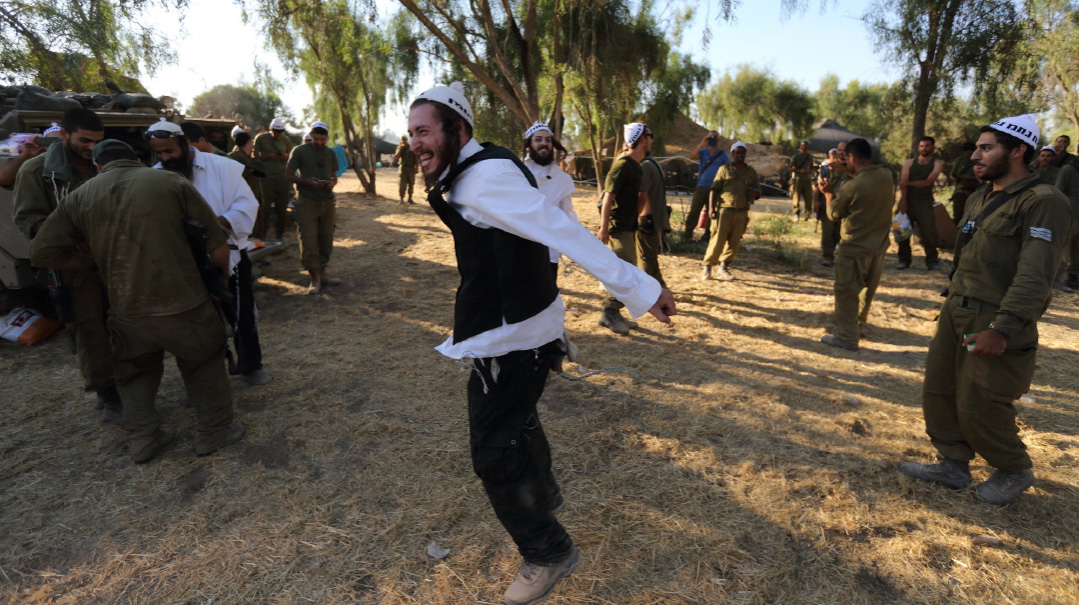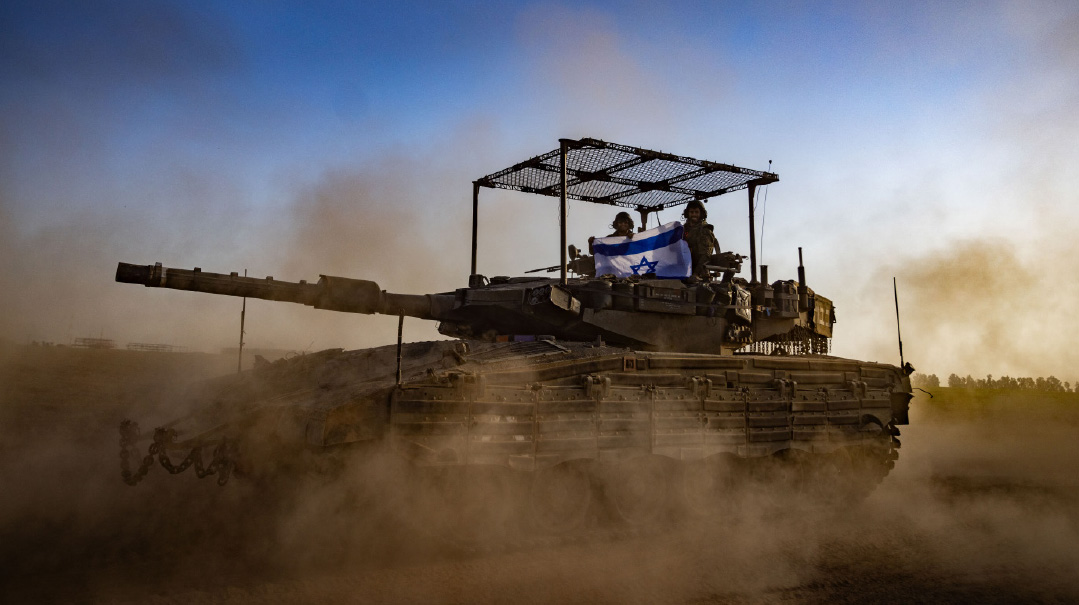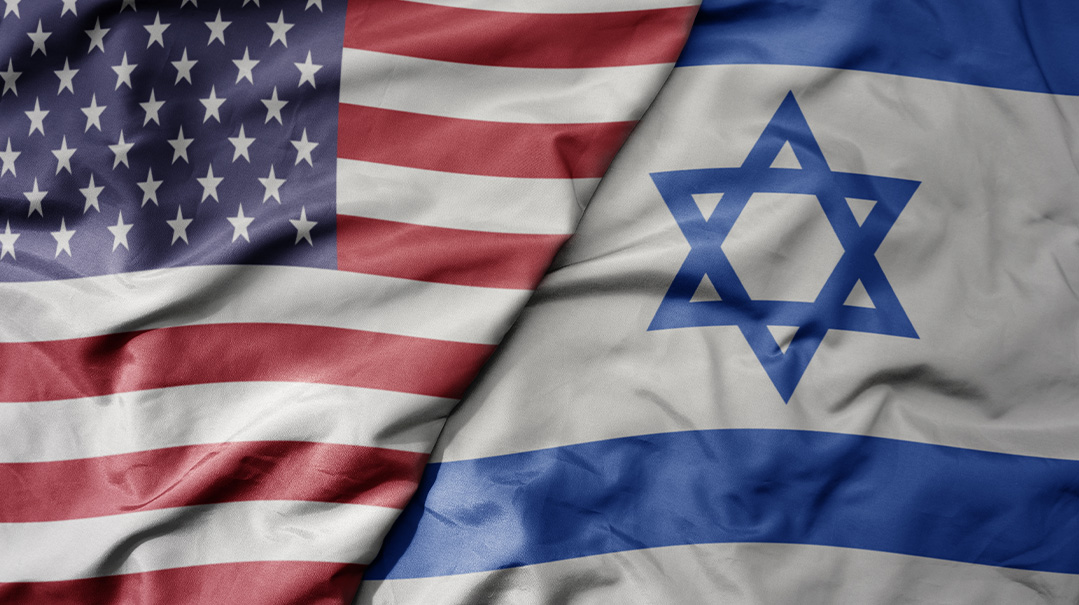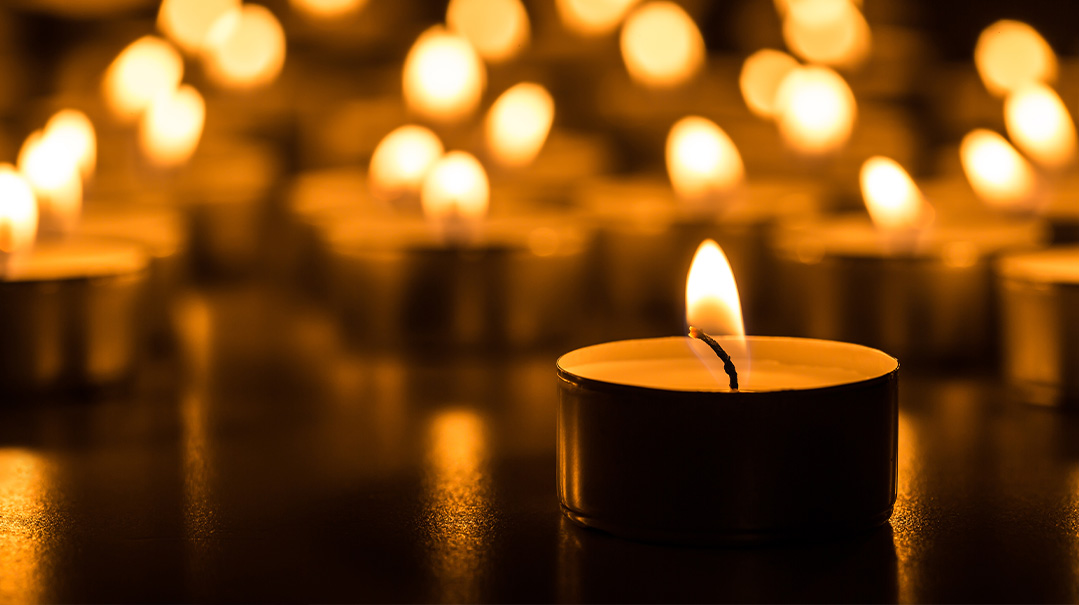Wine Reveals What Is Inside

The drinking on Purim that renders bochurim both a danger to themselves and to those around them has too many enablers
My wife and I will once again flee our Jerusalem neighborhood this Purim for the calmer haven of Ramat Beit Shemesh. At some point, I realized that I have no wish to spend Purim where one cannot drive without fear of drunken young men jumping on the hood of one’s car.
But I would not mention my holiday itinerary were it not for something that happened last year. We returned to Jerusalem late afternoon of Shushan Purim to join my son for his seudah. On Motzaei Purim, as I was driving my mother home, I heard no fewer than four ambulances leaving the neighborhood.
While I don’t know the circumstances, the wailing sirens indicated that there were at least four cases of alcohol poisoning or of people injuring themselves so severely that they required transport to the emergency room.
At that moment I knew what my column topic would be a year hence.
The drinking on Purim in a manner that renders bochurim both a danger to themselves and to those around them has too many enablers. Among them, balabatim who, for whatever reason — likely the desire to show they are still with it — happily acquiesce in the merrymakers’ demands for spirits.
Though my impression is that excessive drinking, in general, is less of a problem in the broad Israeli Torah community than in America — I have not yet heard of an Israeli kiddush club — the different days of Purim in Bnei Brak and Jerusalem have created at least one unwanted phenomenon. Too many bochurim now extend their drinking to two days, all in the name of collecting for their yeshivos’ chassan funds. In the case of bochurim from Yerushalayim collecting in Bnei Brak on the 14th, that may even result in returning to Yerushalayim after the Megillah reading and in little shape to hear the reading.
WE ARE LONG PAST the time when excessive drinking was thought not to be a Jewish problem, even among Torah-observant Jews. The finest wines and liquors have become status symbols, and liquor stores proliferate even in Lakewood.
At one level, it should be no surprise that excessive alcohol intake — which is implicated in 5 percent of deaths in America and is the third leading cause of preventable death — plagues Jews as well. The Torah is filled with warnings against the dangers of wine. According to Rabi Eliezer, the Eitz Hadaas was a grapevine. And from there, we go to the drunkenness of Noach and Lot; to that of Nadav and Avihu, when they brought their strange fire; and to the terrible sin with the bnos Moav, on the eve of entering the Land, in which tens of thousands of Bnei Yisrael came to worship the lowest form of avodah zarah, after being plied with drink.
Mishlei is filled with admonitions against too much drinking. Rabbeinu Yonah provides a long list of the negative consequences of too much wine mentioned in Mishlei: the casting off of yiras Shamayim; scoffing; failure to acquire wisdom, loosening of the tongue, laziness, dishonesty, poverty, promiscuity; becoming angry and combative; and addiction.
One midrash, in particular, struck me as describing the scene in Har Nof from which I flee. A midrash records that when Noach planted a vineyard after leaving the Ark, the Satan asked to join him in his endeavor. The Satan then slaughtered a lamb, a lion, a pig, and a gorilla, causing their blood to be absorbed into the grapevines. Another midrash describes the symbolism of those sacrifices: Before a person drinks, he is innocent as a lamb. After one drink, he feels as strong as a lion and that no one can be compared to him. More drink, and he is like a pig, rolling in his own waste. And when he is fully drunk, he resembles a gorilla, dancing and cavorting around and expressing himself in foul language for all to see, with no awareness of his behavior. (I’m indebted to Rabbi David Page for his Hebrew work, Sodo shel Eitz Hadaas, in which he collects a great deal of material, from Chazal to more recent chassidic masters, on the dangers and benefits of wine. It will soon appear in English as Mystery of the Eitz Hadaas: Wine, Alcohol and Intoxicants, Simcha and Lamentations.)
AND YET, DRINKING ON PURIM is a mitzvah. And even during the rest of the year, wine is an integral part of many important celebrations. A wine libation was poured on the Altar in the Temple, the mitzvah of simchas haregel included wine and meat, and today, we begin every Shabbos and Yom Tov with the wine of Kiddush.
What’s more, most of us have witnessed with our own eyes the salutary effect of wine on Purim on Torah scholars of stature. A friend once described the difference between a visit to Rav Aharon Feldman on Purim and a visit to him the rest of the year: “The rest of the year, Rav Aharon asks how you are, and then begins speaking divrei Torah. On Purim, he goes straight to the divrei Torah.”
Every Purim, the living room in Rav Moshe Shapira’s home was filled with talmidim, many accompanied by their sons, asking him questions on the chag, and offering their own chiddushim. Happy was the one who received a playful slap of approval from Rav Moshe. It is sad that more bochurim today do not have the opportunity to join the Purim seudos of their rebbeim, especially as the shiurim in yeshivah become larger and larger.
I will never forget the Purim seudah, with other young couples, on a snowy day in Jerusalem, many decades ago. The men had all learned together in Ohr Somayach, and were then in mainstream kollelim. Most couples had one or two small children. And as we drank, tears of joy flowed, reflecting on the distance we had come together and how fortunate we were to be here in Jerusalem. The wine facilitated the drawing close of our hearts to one another.
Chazal tell us: “Nichnas yayin yatza sod — Wine enters and secrets [hidden things] come out.” The wine reveals what is inside. For one who has internalized the miracle of Purim — i.e., even in exile, an exile caused by our being asleep in our mitzvah observance, Hashem’s love for us did not abate — the wine enhances his inner simchah. But for one without that understanding, wine is not an enhancement of joy, but rather an escape from inner emptiness.
We are enjoined to drink until we do not know the difference between “blessed is Mordechai” and “cursed is Haman.” In Purim: Removing the Mask, Rabbi Immanuel Bernstein poses the question: Both statements are true. What is the difference?
The difference is that we do not normally think of that action for which we curse Haman — i.e., his plan to exterminate the Jews — as positive. And yet it was. As Chazal tell us, when Haman convinced Achashveirosh to remove his signet, he achieved what 48 prophets had failed to do in bringing the Jewish People to teshuvah.
One day, we will no longer have two blessings, Baruch Dayan HaEmes and Hatov u’Meitiv — as we will see that everything that took place merits Hatov v’haMeitiv. But in our current reality, we do not yet have access to that perspective.
As we drink on Purim, however, our daas, which is characterized by conceptualizing things in categories — e.g., eduyos, chukim, and mishpatim — wanes, and we access a place beyond daas, where all the distinctions meld into one great unity, the Oneness of Hashem.
And that is why, when all the chagim no longer exist, Purim will still be celebrated. For it belongs to the future. And our drinking — if we have prepared ourselves, and our intentions are to come closer to Hashem — helps bring us to that future time when all is Hatov v’haMeitiv.
A freilechen Purim.
Originally featured in Mishpacha, Issue 850. Yonoson Rosenblum may be contacted directly at rosenblum@mishpacha.com
Oops! We could not locate your form.






